Climate change winners and losers: Which animal species will thrive? [Photos]
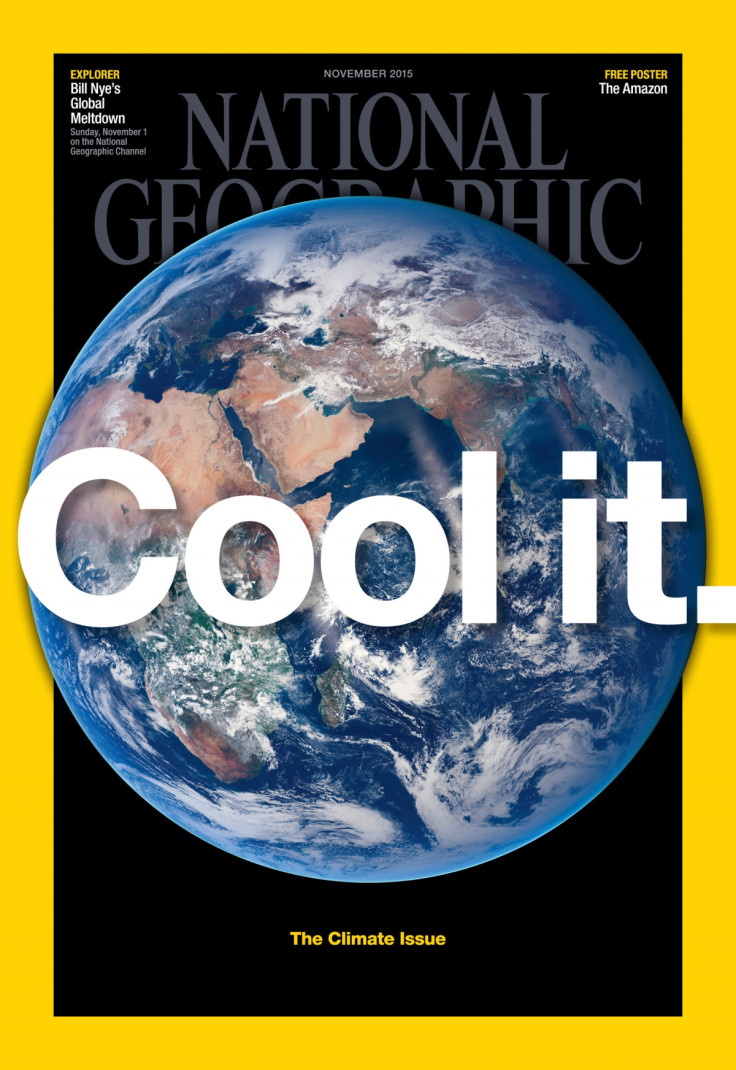
Climates change − that's a fact of nature. However, the Earth's climate is changing so dramatically that it is affecting all forms of life on land and sea. Increased greenhouse gases lead to higher temperatures. We can also expect more extreme weather, including extensive droughts. A change in climate can mean shifting breeding and migration seasons, altered food availability and new disease patterns. Rapid ice melt can lead to rising seas. Each change leads to a host of others.
In National Geographic's November issue, dedicated to the subject of climate change, Jennifer Holland investigates how a warming planet will affect various species. Change can be good for some – a longer spring with more food, a comfortable niche to call home and a stressful migration avoided. However, as warming continues, winners may hit new limits and lose their edge. IBTimes UK presents an excerpt from this article, with photos by Joel Sartore.
Which species adapt well to rapid change? Generalists that tolerate a range of climates, those with diverse genes and speedy reproduction (which lets helpful traits enter the gene pool fast), those that can travel to a suitable new habitat – and that have somewhere to go, and competitive, often invasive species. Weeds.
Which do poorly? Specialists with narrow climate needs, those already battling for survival, small and fragmented populations, or those hemmed in by unsupportive landscapes, animals competing with humans, groups lacking genetic diversity, high-elevation species, island dwellers, many coral-dependent animals and those needing ice to survive.
Climate change losers:
Bengal tiger: Wild tigers are in drastic decline, with perhaps only 3,000 left. A World Wildlife Fund-led study reports that a predicted 11-inch (28cm) rise above year 2000 sea levels would destroy most tiger habitats in the mangrove-dominated Sundarbans of Bangladesh. Better news in Bhutan: As forests move uphill, tigers will likely shift with them, heading deep into northern parklands along major river valleys. Sadly, they would displace or prey on already struggling snow leopards.
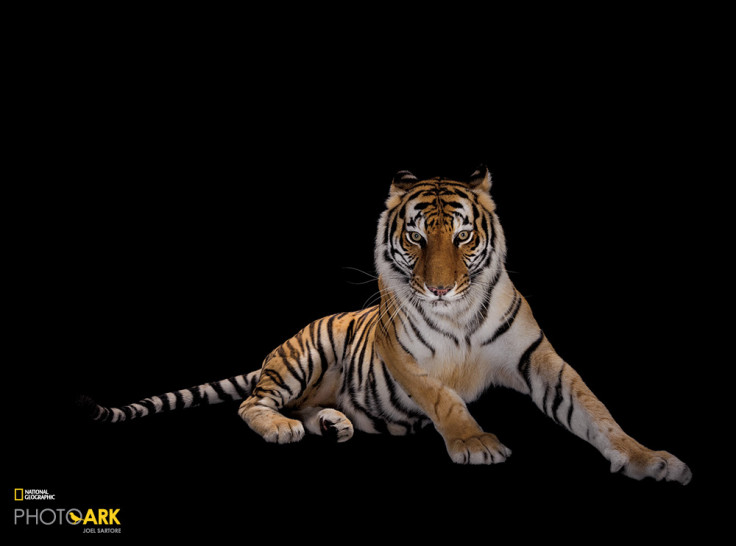
Arctic fox: As tundra habitat melts, this snow-loving fox will find fewer seal carcasses left on ice by polar bears and fewer lemmings – food for fox pups – whose numbers peak in the coldest winters. It may also face competition as the more adaptable red fox expands north.
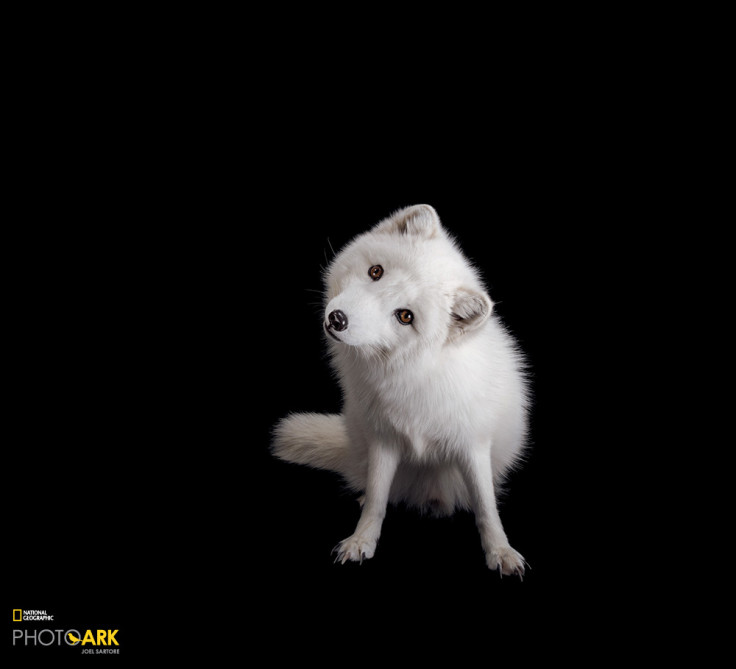
Woodland caribou: Already pressured by habitat loss, woodland caribou could face a food shortage. More snow and freezing rain (a result of warmer temperatures adding moisture to dry, Arctic air) will crust over lichen, caribou's winter diet, making it hard to access. In summer, increasing droughts bring fires that kill the slow-growing lichen.

White-fronted lemur: Over the next 70 years, lemur species on the island of Madagascar could lose about 60% of their habitat due to climate change. If climate were the animals' only foe, perhaps the white-fronted lemur could survive as climate change won't shrink its lowland and montane habitat. But other factors may – chief among them, slash-and-burn agriculture and a growing human population.
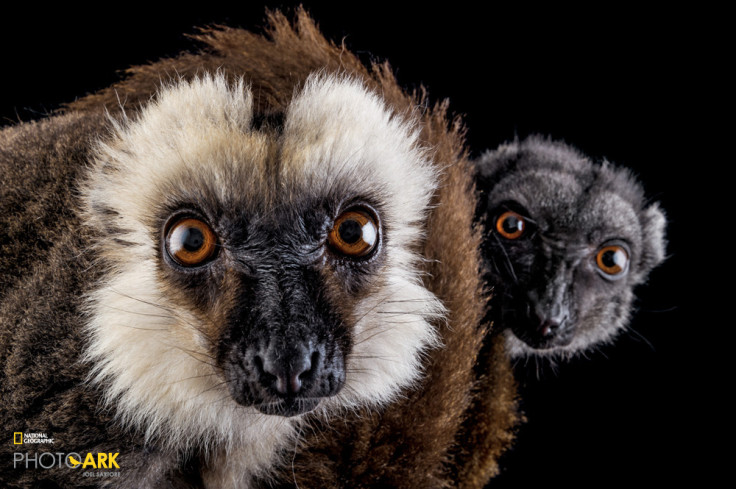
Climate change winners:
Merriam's kangaroo rat: This rodent takes the heat in its stride. In the southwestern US and Mexico, kangaroo rats are already well-adapted to arid conditions, and they've stayed robust during previous temperature hikes. The rodents are quick and flexible reproducers, and their diet of diverse seeds and occasional insects gives them wiggle room if some plant and bug species fizzles away in the heat.
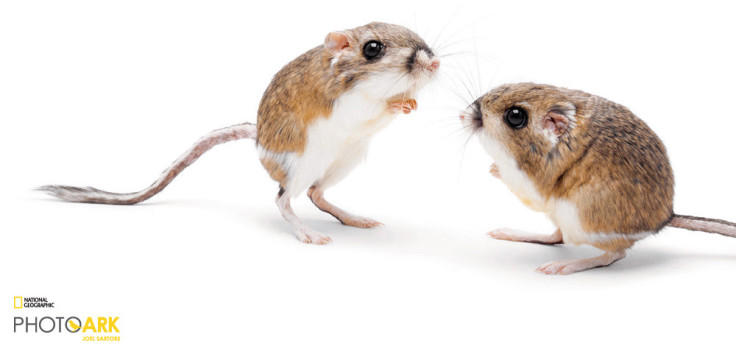
Greater yellowlegs: This adaptable bird is so far thriving in a changing environment. The Audubon Society reports seeing this sandpiper in higher numbers on its Christmas Bird Counts, especially inland in the southern US. In some areas space available for these birds may double, but it's unknown if they'll fill it, and summers may become too hot to handle.
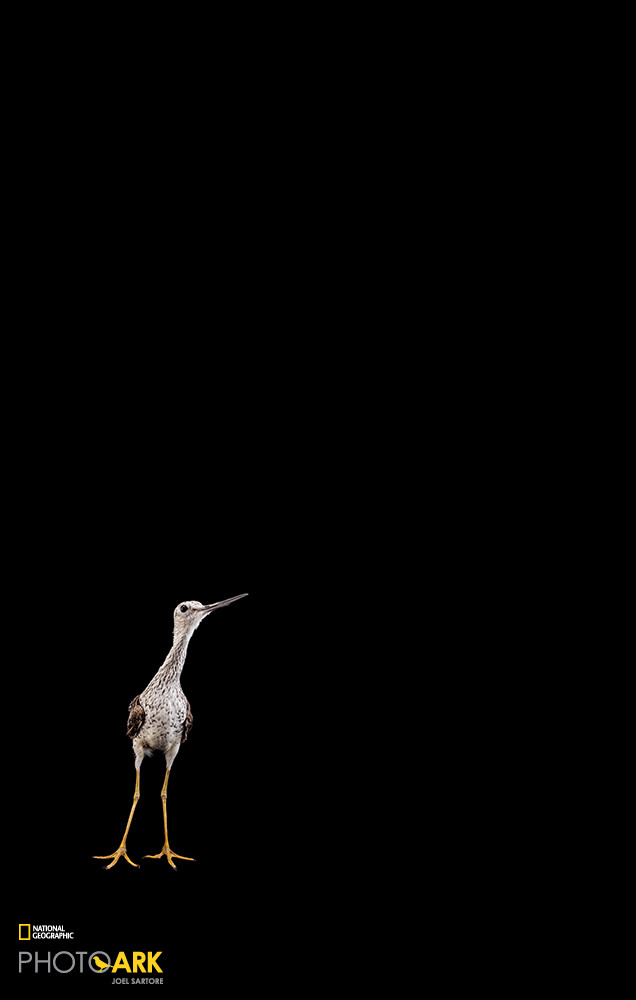
American bullfrog: This native of North America – a voracious predator and tough competitor that spreads amphibian disease – has made its way onto other continents and spread like an army, especially in South America. It is by leaps and bounds one of the worst (and most successful) invasive species on the planet. Climate change will slow its advance in some areas, but other highly biodiverse habitats will become more bullfrog friendly, meaning further raids against native species.
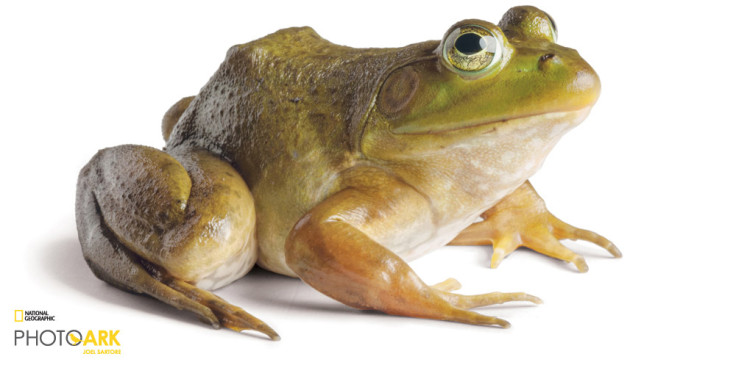
Climate change winners turned losers:
Chinstrap penguin: Chinstraps prefer open to ice-choked waters, so in the past 50 years of fast-melting Antarctic ice, their population boomed. But now increasing ultraviolet light exposure is killing off the algae eaten by krill (the penguins' food source), and that means less krill for penguins to share with rebounding whale populations. Soon environmental change may beat tourism as the biggest threat to chinstraps
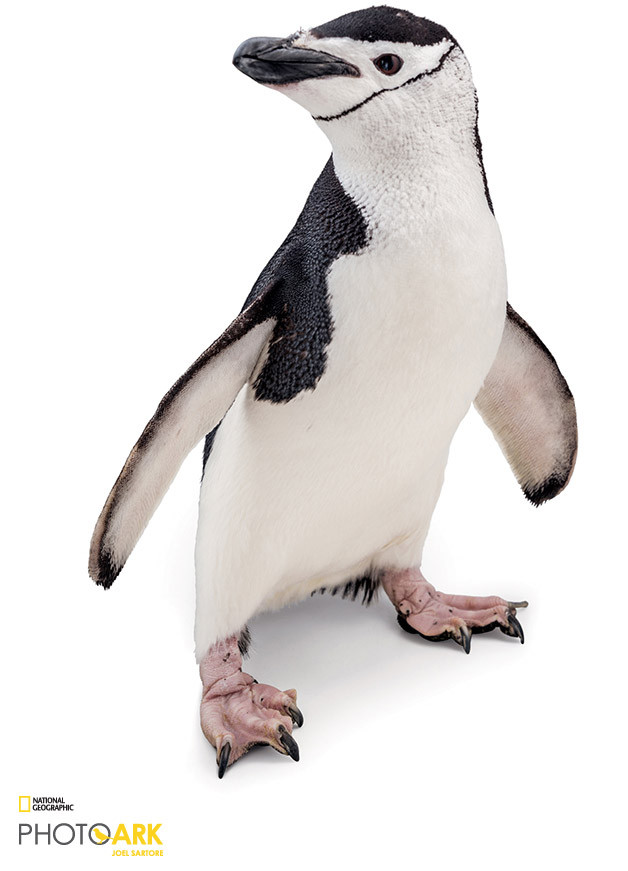
Read the full article in the November 2015 issue of National Geographic magazine, dedicated to the subject of climate change.
© Copyright IBTimes 2024. All rights reserved.







